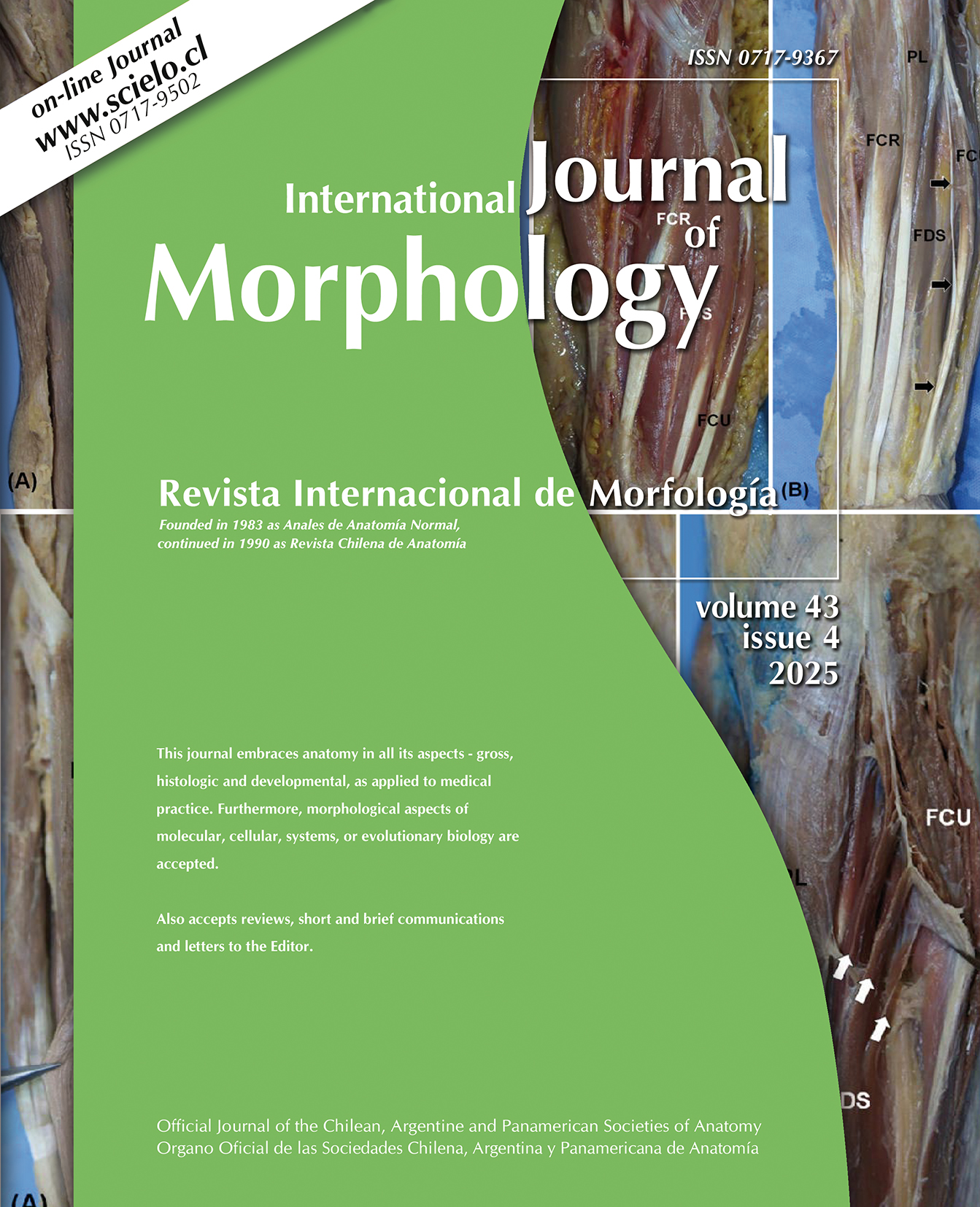Sex Prediction in Turkish Population with Anthropometric Measurements of Scapula on MDCT Images Using Machine Learning Algorithms
Halide Temelci; Aynur Emine Cicekcibasi; Zulal Oner; Yusuf Secgin; Serkan Oner & Gulay Acar
Summary
Identification studies progress more accurately and easily after sex estimation is realized. Therefore, sex determination is the first step in identification studies. The aim of our study is to perform sex estimation from the scapula using machine learning (ML) algorithms with parameters obtained from multidetector computed tomography (MDCT) images of the Turkish population. The study was performed on MDCT images of 300 individuals (150 females and 150 males) aged between 20 and 60 years. MDCT images of the scapula were imported into the Radiant DICOM Viewer program and the following parameters were measured: the maximum length of the scapula (SML), the maximum width of the scapula (SMW), the length of the scapular spine (SSL), the length of the glenoid cavity (GCL), the width of the glenoid cavity (GCW), the distance from the coracoid process to the inferior angle (CPIA), the distance from the acromion to the inferior angle (AIA), the distance from the glenoid cavity to the inferior angle (GCIA), the thickness of the lateral margin (LBT), the height of the supraspinous fossa (SSH), the height of the infraspinous fossa (ISH), the maximum length of the acromion (AML), and the maximum width of the acromion (AMW). The obtained data were used for sex prediction using ML algorithms. All parameters measured on the scapula were found to have a significant difference in terms of sex (p<0.05). It was determined that the parameters used in sex estimation using ML models had an accuracy rate of 97 %. Using the SHAP solver of the Random Forest algorithm, the parameter of the SSH was found to have the greatest contribution to accuracy. As a result of our study, we think that we can obtain results close to the pelvic morphometry, which is seen as the most dimorphic bone in the literature, when sex determination is made based on scapula morphometry with ML analysis. We believe that our study will make a great contribution to forensic sciences and literature. KEY WORDS: Scapula; Machine learning algorithms; Computed tomography; Sex prediction; Anthropometry.
How to cite this article
TEMELCI, H.; CICEKCIBASI, A. E.; ONER, Z.; SECGIN, Y.; ONER, S. & ACAR, G. Sex prediction in Turkish population with anthropometric measurements of scapula on MDCT images using machine learning algorithms. Int. J. Morphol., 43(2):494-501, 2025.





























